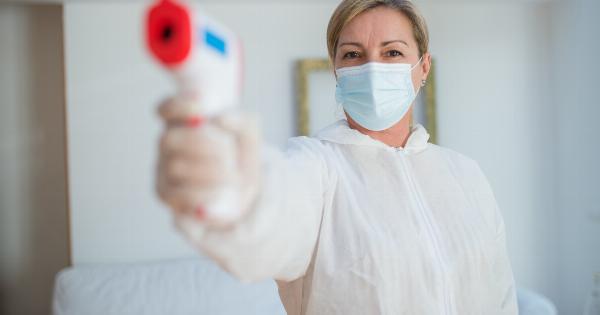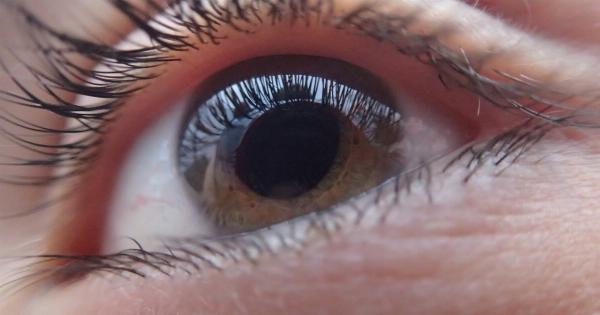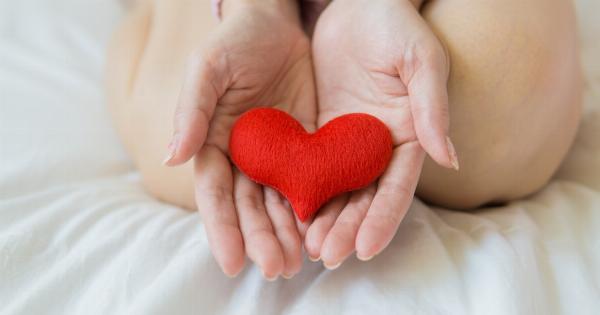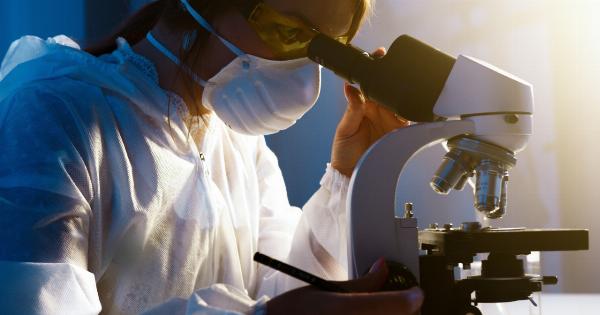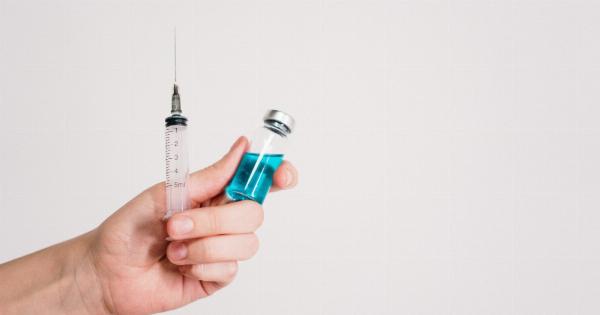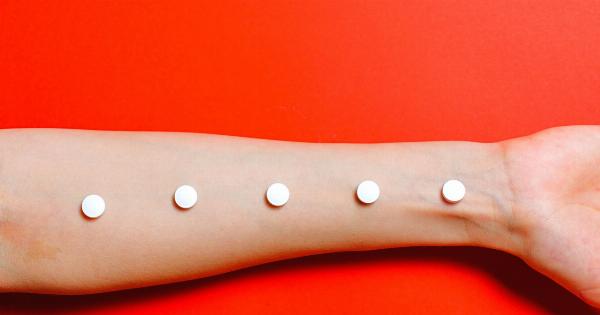Pimples, also known as acne, are a common skin condition. They form when hair follicles become clogged with oil, bacteria, and dead skin cells. While most people associate pimples with the face, they can also develop in other areas, including the penis.
In this article, we will discuss the different types of penis pimples and what they may indicate about your health.
Whiteheads
Whiteheads are small, white bumps that form when oil and dead skin cells clog a hair follicle. They may also be referred to as closed comedones. Whiteheads can occur anywhere on the body, including the penis.
They are not typically painful or itchy, but they can be unsightly. If you have a whitehead on your penis, it is likely nothing to be concerned about.
Blackheads
Blackheads, or open comedones, are similar to whiteheads but are darker in color. They are the result of oil and dead skin cells clogging a hair follicle and becoming oxidized, giving them their black appearance.
Blackheads can also occur on the penis, and like whiteheads, they are typically nothing to worry about.
Papules
Papules are small, firm, raised bumps that are usually pink or red in color. They are the result of inflammation and can be caused by a variety of factors, including an ingrown hair or a sexually transmitted infection (STI).
If you notice multiple papules on your penis, it is important to see a healthcare provider to rule out an STI.
Pustules
Pustules are similar to papules, but they contain pus. They are often painful and may appear red or yellow in color. Pustules can be caused by a bacterial infection or an inflammatory skin condition such as folliculitis.
If you have a pustule on your penis, it is recommended that you see a healthcare provider for treatment.
Genital Warts
Genital warts are a type of STI caused by the human papillomavirus (HPV). They are flesh-colored or brown and can appear as small, raised bumps or clusters of bumps.
Genital warts can be highly contagious, and it is important to see a healthcare provider for treatment if you suspect you may have them.
Herpes
Herpes is a viral infection that can cause cold sores or genital sores. Genital herpes is usually caused by the herpes simplex virus type 2 (HSV-2), but it can also be caused by the herpes simplex virus type 1 (HSV-1).
Symptoms of genital herpes include painful or itchy blisters that may ooze or crust over. It is important to see a healthcare provider for treatment if you suspect you may have genital herpes.
Molluscum Contagiosum
Molluscum contagiosum is a viral skin infection that causes small, raised, white or pink bumps on the skin. They often have a small indentation in the center and can be itchy, but they are not typically painful.
Molluscum contagiosum can be sexually transmitted and is highly contagious. If you suspect you may have molluscum contagiosum, it is important to see a healthcare provider for treatment.
Folliculitis
Folliculitis is an inflammatory skin condition that occurs when hair follicles become infected with bacteria. It can cause red, swollen bumps that may be painful or itchy. Folliculitis can occur anywhere on the body, including the penis.
Treatment for folliculitis may include topical or oral antibiotics.
Scabies
Scabies is a highly contagious skin condition caused by a mite that burrows into the skin to lay its eggs. Symptoms include intense itching and a rash with small, raised bumps.
Scabies is usually spread through skin-to-skin contact, but it can also be spread through clothing or bedding. If you suspect you may have scabies, see a healthcare provider for treatment.
Ingrown Hairs
Ingrown hairs occur when hair that has been shaved or waxed grows back into the skin instead of out of it. They can cause red, raised bumps that may be painful or itchy. Ingrown hairs can occur anywhere on the body, including the penis.
Treatment for ingrown hairs may include gently exfoliating the area and avoiding shaving or waxing until the bump has healed.
In Conclusion
If you develop a pimple or bump on your penis, it is important to assess its color, shape, and location. Some pimples are nothing to worry about, while others may indicate an underlying health condition or STI.
If you are unsure, it is always best to seek advice from a healthcare provider.






